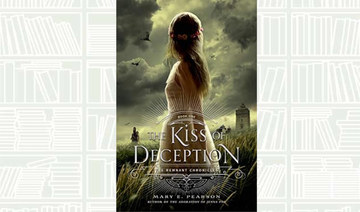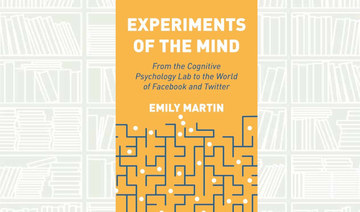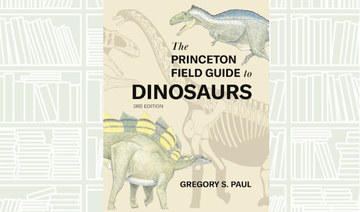Major Robert Grenville Gayer-Anderson has given his name to one of the most enjoyable cultural outings in Cairo, a visit to the Bait Al-Kretliya, which consists of two beautifully restored old Islamic houses joined together by a bridge, popularly known as the Gayer-Anderson Museum.
For the first time a biography, “Gayer-Anderson: The Life and Afterlife of the Irish Pasha” explores the fascinating life of a man who was a colonial government representative and also received the title of Pasha by King Farouk. Known also as John, and P.U.M. (a mysterious acronymic nickname that his identical twin brother Thomas gave him), Robert Grenville Gayer-Anderson studied to be a surgeon, but he was also a soldier, an adventurer, an enthusiastic collector of antiquities and a passionate Egyptologist. In this intimate portrait of a multifaceted and enigmatic figure Louise Foxcroft attempts to reveal the person behind the persona.
Gayer-Anderson is mostly remembered for acquiring a most remarkable collection of antiquities, mostly from ancient Egypt. He had always expressed his wish to visit an empty tomb. This rare privilege finally took place in 1923, a year marked by an extraordinary event, the discovery of Tutankhamun’s Tomb by Howard Carter. Gayer-Anderson was at the time posted in Egypt as assistant Oriental secretary. He was, therefore, a member of the official party invited at the private opening of the tomb of Tutankhamun.
When Gayer-Anderson entered the tomb, he immediately noticed the charming models of ships, baby chairs and chariots. The following day, he mentioned in a letter that he believed Tutankhamun was a youth about 17 or 18 years old. An X-ray examination proved that he was right: Tutankhamun was just under the age of 18 when he died. At the end of the visit, Gayer-Anderson decided that he had not seen enough and he made up his mind to return for another visit to the tomb with his mother.
Gayer-Anderson was very close to his mother, Mary. In an unpublished memoir, “Fateful Attractions,” on which this book is based, Gayer-Anderson acknowledges that he inherited from her a profound love of beauty, which he compared to the “bread of life.” His father, Henri Anderson had a violent and cruel nature. He submitted his child to a Spartan upbringing, which was deeply resented by young Pum and his siblings. Placed in a row in front of their father, the children were subjected to painful things. “He would give a sudden shout, quickly raise a threatening hand, tickle our ribs, pinch us or pull our hair… in spite of which none of us must show the slightest emotion of any sort. If we flinched, flushed, giggled, gasped, laughed or even flickered an eyelid we were shouted at and slapped,” writes Gayer-Anderson.
Henri Anderson played these mean and nasty games during their last year in North America. During their harrowing stay, Henri Anderson managed to make some money in real estate and a very young Pum developed his passion for collecting. He found some lead bullets and chipped flint arrowheads.
During his life, Gayer-Anderson had the knack to find exceptional pieces. He has a remarkable flair for discovering precious antiquities. One of his first important finds was an unusual bone, which he discovered during a walk over the Medway after the family had returned to the United Kingdom. He showed it to his form-master who suggested that he send it to the Royal Geological Society. The bone was a humerus, which turned out to be part of an unknown type of pterodactyl, or “flying dragon.” This fossil was the first in a long list of gifts that Gayer-Anderson gave to museums.
Henri Anderson decided that his son should become a doctor like his two uncles. At the age of 17, he started training at Guy’s Hospital in London and qualified five years later as Member of the Royal College of Surgeons and Licentiate of the Royal College of Physicians.
During that time, he also found a man’s portrait in oils on a broken panel that he bought for a shilling. With his usual flair, Gayer-Anderson had noticed the signature of Van Dyck at the back. It was later confirmed by experts as authentic. Gayer-Anderson had become more than ever addicted to collecting. “It became both a vice and a mania,” he wrote.
When he finished his medical studies, Gayer-Anderson was appointed assistant house surgeon to William Arbuthnot-Lane. He had been encouraged to aim for a Harley Street career but that was not the life he wished to lead. He was looking for something else, something more adventurous. He was just 23 years old, young and restless, so he decided to follow his twin brother and join the Royal Army Medical Corps. In 1907, he was posted to Egypt with the rank of major.
“Pum’s lifelong affair with Egypt, its culture, and its people had begun” writes Foxcroft.
On a trip to Khartoum where he was replacing a local surgeon who had been taken ill, Gayer-Anderson bought a beautiful bronze Horus from a wealthy dealer. In time, he realized that he should be more careful and buy only from “less known and less-knowing” dealers, men who knew little and lacked the expertise so that one could buy rare antiquities for very little money.
After two years, Gayer-Anderson returned home for a holiday. As he was sailing back to England, he realized how much he had changed. He was no longer interested in medicine, and he desperately wanted to return to Egypt. At the end of 1909, he was posted back to Egypt as inspector of recruiting for the Sa’id, the seven provinces of Upper Egypt.
As he traveled along the Nile several times a year, he got to know local traders who would run after him as soon as they spotted his boat. Gayer-Anderson was doing an astonishing amount of dealing and collecting. In fact, collecting became his main occupation to the detriment of his service ambitions. Egypt was a cradle of civilization and Cairo was a center for Middle Eastern and Far Eastern art including India, China and Persia. Gayer-Anderson was particularly fond of Fayoum. Fayoum is the largest oasis in Egypt and the closest to the Nile and Cairo. It has a host of archaeological sites from the Middle Kingdom when Fayoum was a center of political power. Gayer-Anderson wrote in his memoires that Fayoum was the “most exciting and fascinating place I know from a historical and antique-collecting point of view. Nowhere in the world can one see history and pre-history more abundantly and consecutively written.”
He could find in Fayoum a pre-dynastic vessel, an early dynasty stone-relief, Ptolemaic statues, Greek terracotta figurines or Roman glass bottles, the choice of objects was endless and the price was very low.
Gayer-Anderson was becoming an expert in ancient Egyptian and Saracen antiquities. “He bought from the shopkeepers or from the original finders, the sebakheen, who had an ancient and legal right dating from the days of the Turkish suzerainty to sift the sebakb, the dust and debris from a site. And from these families he got the rarest pieces for a fraction of their final value. In this way, he amassed large collections of all sorts. He sold some of them, making himself good money but he also bought for many of the larger museums in the United Kingdom, Sweden, and America,” writes Foxcroft.
Gayer-Anderson now in his early 30s had amassed a certain wealth and yearned to live the life that really pleased him. However, he would still have to wait a few more years. He had enjoyed “supreme happiness” during the first decade of the 20th century unaware that the world was “on the brink of a volcano.” During World War I, he was posted in Egypt and in Gallipoli on the Turkish coast. He ended his official career in Egypt with a post of senior inspector in the Ministry of Interior and was finally appointed Oriental secretary to the high commissioner where he remained for about a year. He retired from the Egyptian government in 1923. He was only 42 and he wanted to spend the rest of his life with his antiques and writing poems and articles for magazines.
In the 1930s, he was offered a job as director of the Anglo-American Nile Tourist Company, which gave him the possibility to continue searching for antiques. During that period he purchased one of his most precious pieces known as the Gayer-Anderson Cat, the first life-size bronze cat he had ever seen. He would eventually bequeath it to the British Museum. His last philanthropic action was the internal renovation of the Bait Al-Kretliya.
He was allowed to live in this old Islamic house during his lifetime in order to restore it. When he died, it was returned to the government as the “Gayer-Anderson Pasha Museum of Oriental Arts and Crafts.” The Bait Al-Kretliya has been magnificently restored. The Damascus room is stunning with its ceilings and walls covered in inlaid and gilded wood. A scene from a James Bond movie, “The Spy Who Loved Me,” was filmed in Bait Al-Kretliya. Gayer-Anderson also entertained many visitors including the King of Siam, Howard Carter and Freya Stark.
The eight years Gayer-Anderson spent at Bait Al-Kretliya were the happiest of his life. He would certainly be proud to see how his beloved home is one of the most visited museums in Cairo.
• [email protected]
A journey from abused child to Egyptian antiquities collector
A journey from abused child to Egyptian antiquities collector
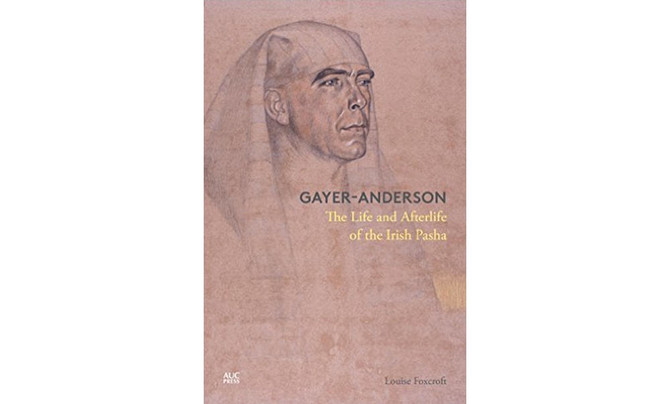
What We Are Reading Today: ‘Counterrevolution’ by Melinda Cooper
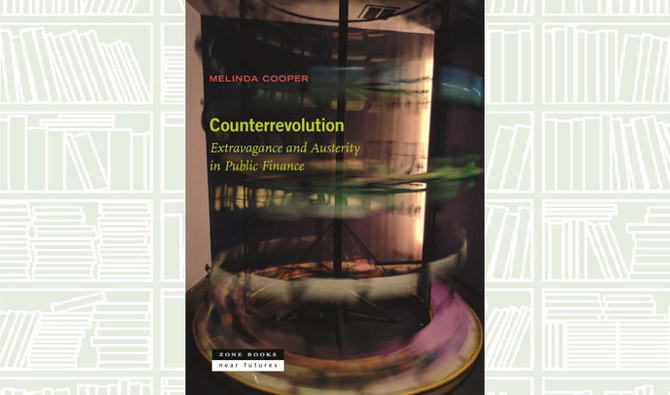
At the close of the 1970s, government treasuries and central banks took a vow of perpetual self-restraint.
To this day, fiscal authorities fret over soaring public debt burdens, while central bankers wring their hands at the slightest sign of rising wages.
As the brief reprieve of coronavirus spending made clear, no departure from government austerity will be tolerated without a corresponding act of penance.
What We Are Reading Today: ‘The Kiss of Deception’
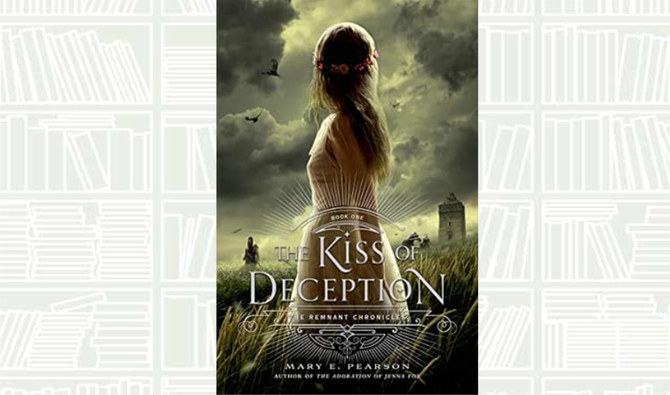
- The novel is written in a distinctive style, with Lia’s perspective telling the first half of the story and Rafe and Kaden’s narrative telling the second
Author: Mary E. Pearson
“The Kiss of Deception” by Mary E. Pearson, the first book in the “Remnant Chronicles” series, is a young adult fantasy novel published in 2014 that follows the story of Lia, the princess of the Kingdom of Morrighan. She is set to marry a prince from a neighboring country whom she has never met, but insted decides to run away on her wedding day.
The plot thickens as Lia is on the brink of unlocking perilous secrets and finds herself falling in love. The book introduces a diverse cast of characters, including Lia’s best friend Pauline, and two young men named Rafe and Kaden, who have their own secrets and motives.
The fantasy novel establishes the groundwork for an interesting and exciting story with a compelling plot and well-rounded characters.
The novel is written in a distinctive style, with Lia’s perspective telling the first half of the story and Rafe and Kaden’s narrative telling the second.
The story has more depth because of its narrative style, which gives readers a glimpse into the motivations and mindset of each character.
The reader is drawn into Morrighan’s world and kept interested in the plot by Pearson’s vivid and captivating language. The novel moves along at a good clip, with action and tension increasing throughout to provide a satisfying finish. The world-building is also well-crafted, with intricate details and a rich history that adds depth to the story.
However, the novel’s main mystery is solved early on, which takes a significant amount of the narrative’s tension and suspense away. Even while the world-building and character development are excellent, some readers might find it challenging to immerse themselves in the story completely due to its predictable plot.
As the characters work through a convoluted web of lies and covert objectives, “The Kiss of Deception” tackles many topics, including destiny, responsibility, adventure, love, and friendship. It also dives deeply into the theme of deception and secrets.
Readers are reminded of the value of self-discovery and remaining true to oneself despite social pressures and expectations through Lia’s journey.
“The Kiss of Deception” marked a notable contribution to the young adult genre, particularly in the realm of fantasy. The novel offers a unique take on the traditional princess story, with a strong and independent female protagonist who is not defined by her royal status.
People of color are among the book’s varied array of characters, which is still uncommon in mainstream young adult fiction. All things considered, “The Kiss of Deception” is a unique and refreshing addition to the canon of young adult fantasy.
What We Are Reading Today: ‘Experiments of the Mind’
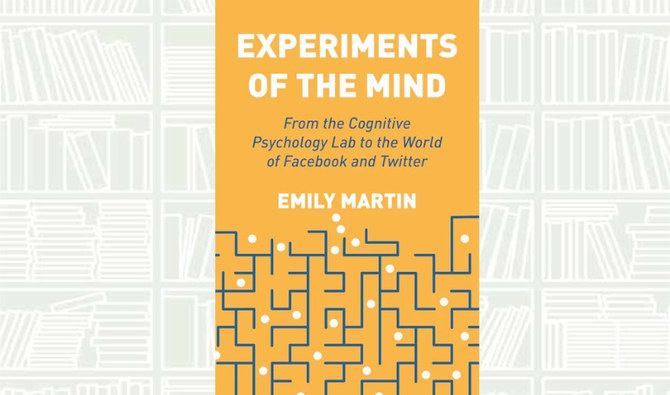
Author: EMILY MARTIN
Experimental cognitive psychology research is a hidden force in our online lives. We engage with it, often unknowingly, whenever we download a health app, complete a Facebook quiz, or rate our latest purchase.
How did experimental psychology come to play an outsized role in these developments? “Experiments of the Mind” considers this question through a look at cognitive psychology laboratories. Emily Martin traces how psychological research methods evolved, escaped the boundaries of the discipline, and infiltrated social media and our digital universe.
What We Are Reading Today: ‘Quantitative Biosciences Companion in Python’
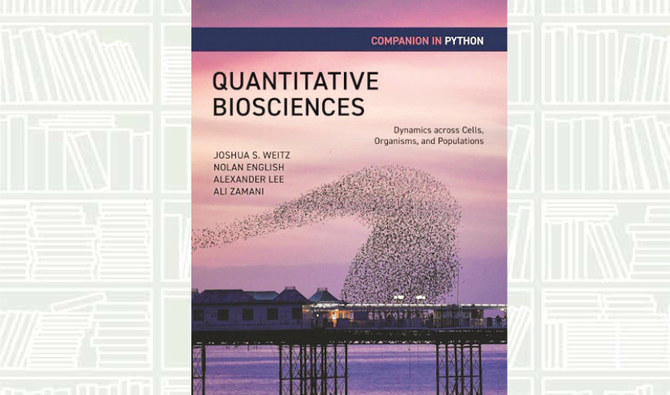
Authors: JOSHUA S. WEITZ, NOLAN ENGLISH, ALEXANDER LEE, AND ALI ZAMANI
This lab guide accompanies the textbook “Quantitative Biosciences,” providing students with the skills they need to translate biological principles and mathematical concepts into computational models of living systems.
This hands-on guide uses a case study approach organized around central questions in the life sciences, introducing landmark advances in the field while teaching students—whether from the life sciences, physics, computational sciences, engineering, or mathematics—how to reason quantitatively in the face of uncertainty.
What We Are Reading Today: Heart of Darkness: Unraveling the Mysteries of the Invisible Universe
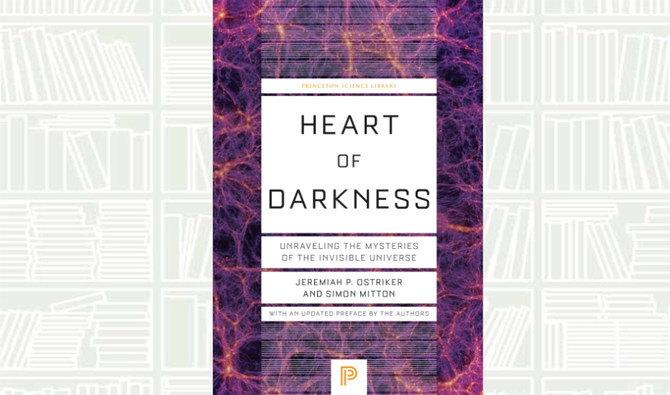
- The story of how evidence for the so-called “Lambda-Cold Dark Matter” model of cosmology has been gathered by generations of scientists throughout the world is told here by one of the pioneers of the field, Jeremiah Ostriker, and his coauthor Simon Mitton
Authors: Jeramiah P. Ostriker and Simmon Mitton
Heart of Darkness describes the incredible saga of humankind’s quest to unravel the deepest secrets of the universe. Over the past 40 years, scientists have learned that two little-understood components—dark matter and dark energy—comprise most of the known cosmos, explain the growth of all cosmic structure, and hold the key to the universe’s fate.
The story of how evidence for the so-called “Lambda-Cold Dark Matter” model of cosmology has been gathered by generations of scientists throughout the world is told here by one of the pioneers of the field, Jeremiah Ostriker, and his coauthor Simon Mitton.
From humankind’s early attempts to comprehend Earth’s place in the solar system, to astronomers’ exploration of the Milky Way galaxy and the realm of the nebulae beyond, to the detection of the primordial fluctuations of energy from which all subsequent structure developed, this book explains the physics and the history of how the current model of our universe arose and has passed every test hurled at it by the skeptics.
This monumental puzzle is far from complete, however, as scientists confront the mysteries of the ultimate causes of cosmic structure formation and the real nature and origin of dark matter and dark energy.


